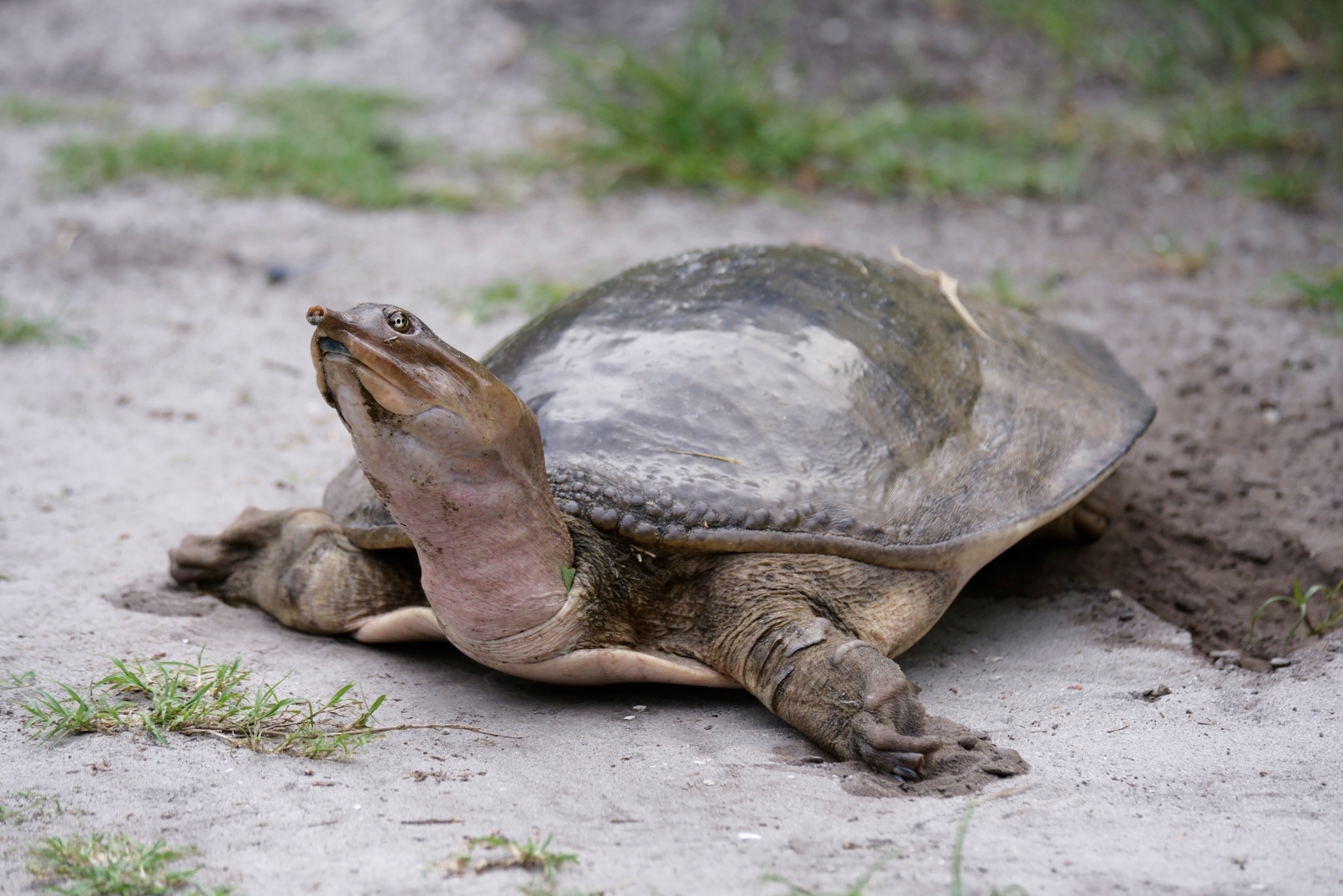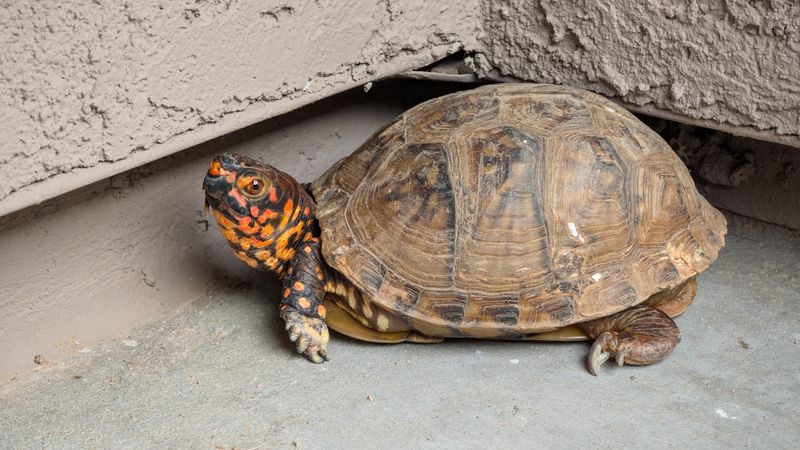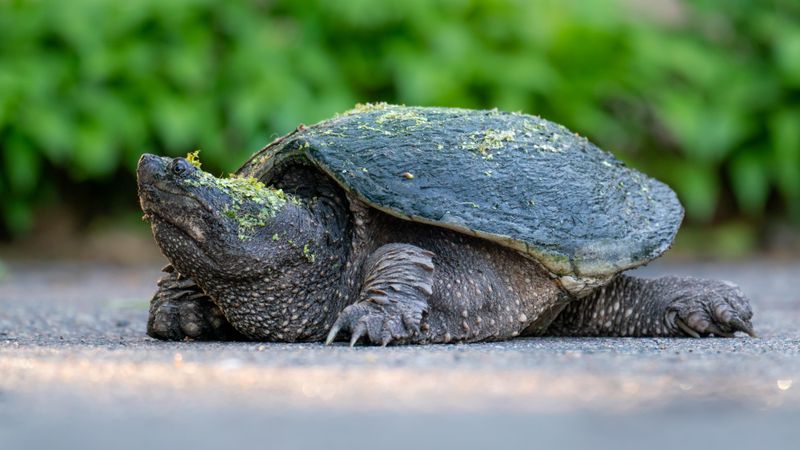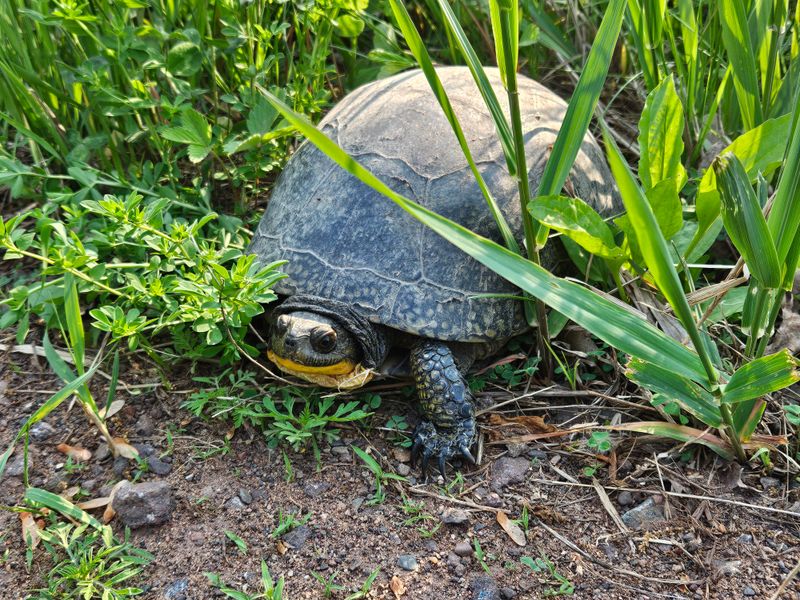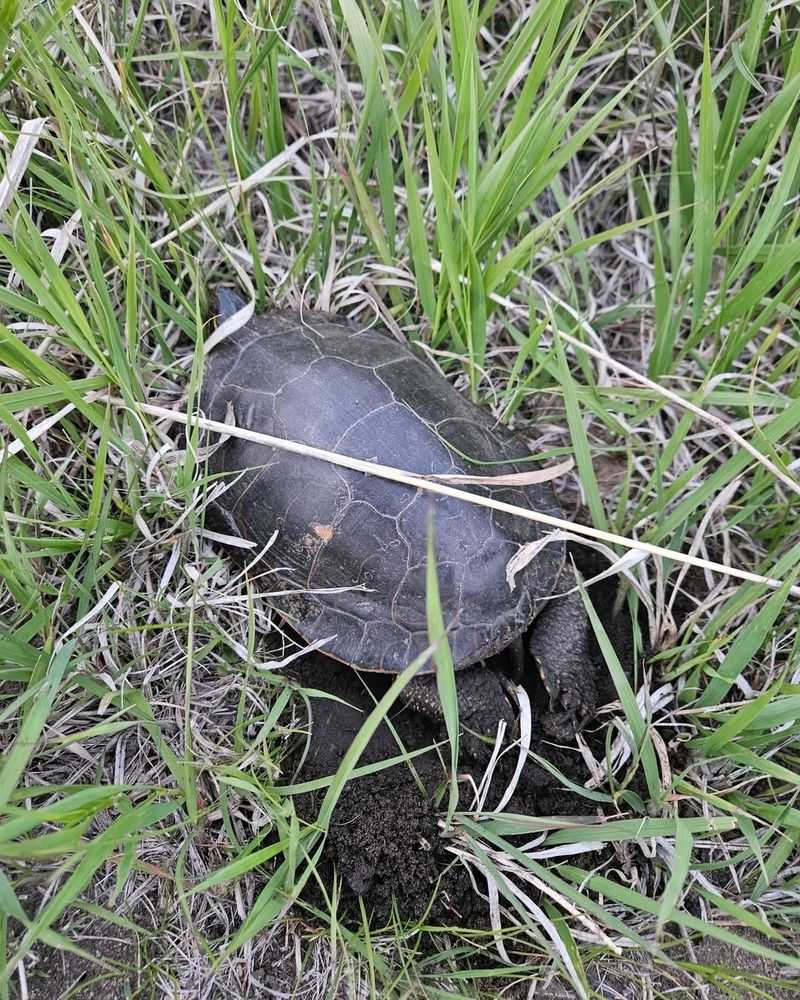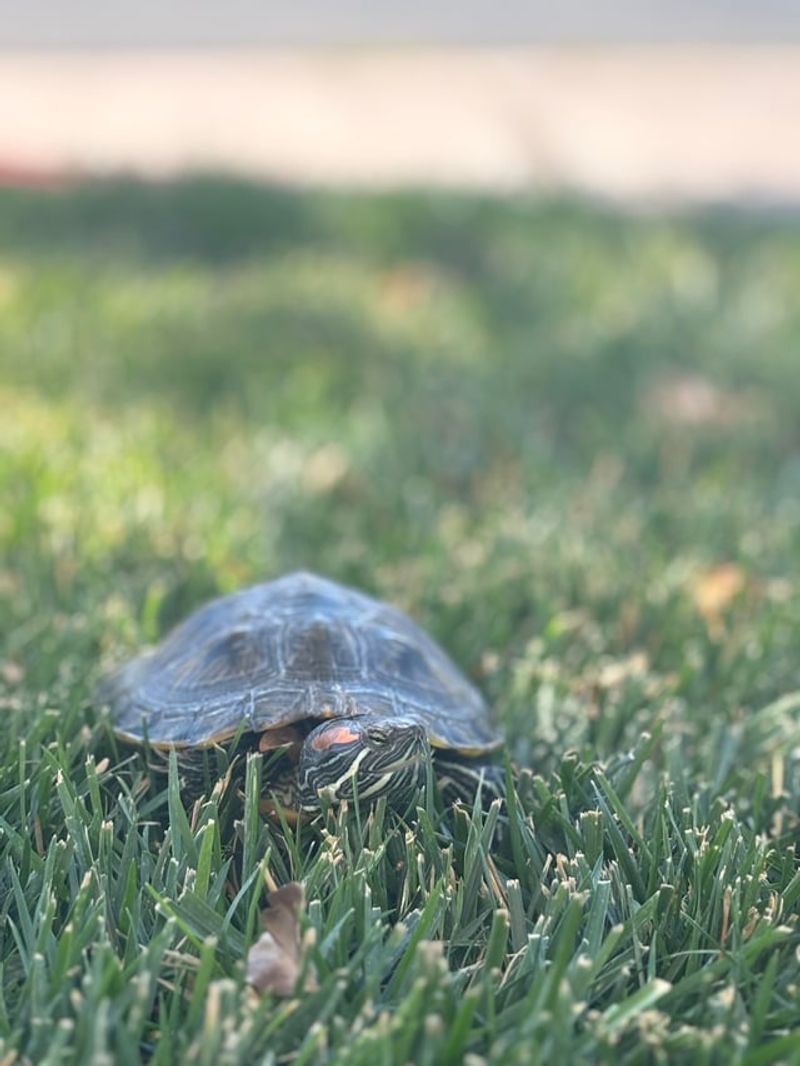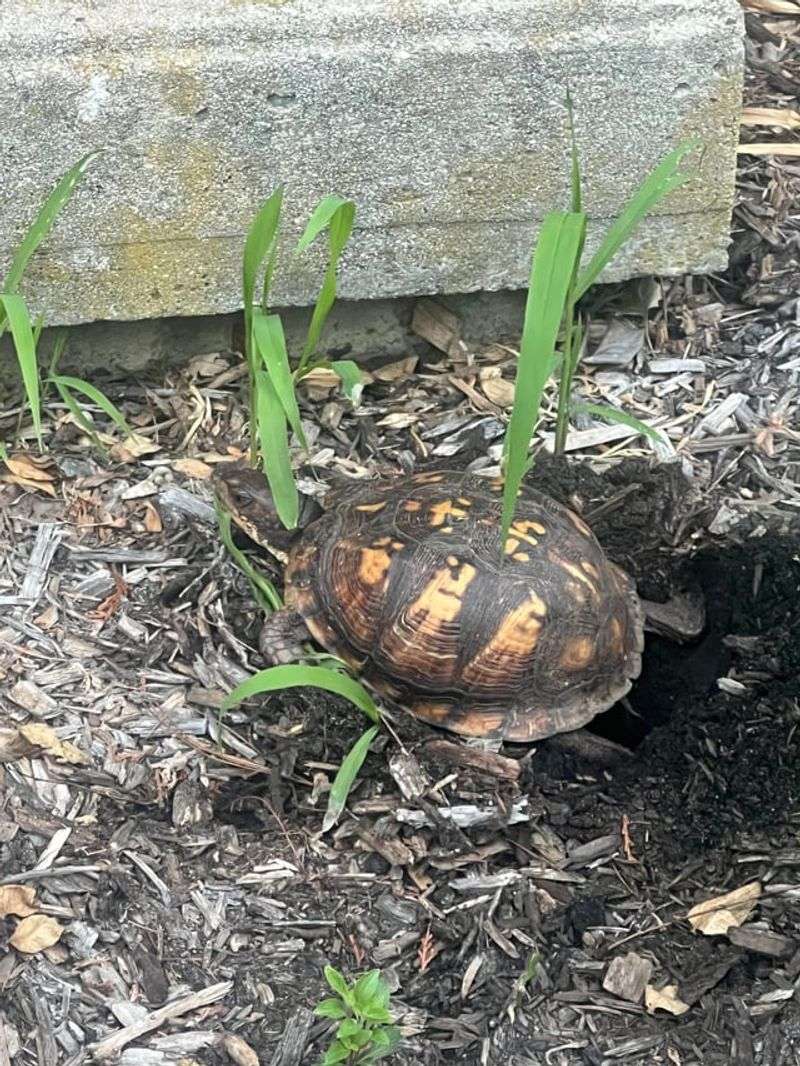When a turtle strolls into a Minnesota yard, it’s hard not to stop and watch. I had one show up by my garden last spring, and it completely derailed my afternoon in the best way.
They’re slow movers, but they always have a plan—and it’s usually not what you think. Before you jump in to “help,” it’s smart to know how to handle the moment so everyone stays safe, shell and all.
1. Observe From a Safe Distance First
Before rushing over, take a moment to watch the turtle from where you stand. Many species found across Minnesota prefer being left alone and can feel threatened if approached too quickly.
Snapping turtles, in particular, have powerful jaws and can stretch their necks surprisingly far. Keep pets and children back while you figure out what kind of turtle you’re dealing with.
Binoculars work great for getting a closer look without disturbing your shelled visitor.
2. Identify the Species Correctly
Minnesota is home to several turtle species, each with unique characteristics. Painted turtles have colorful markings on their shells and skin, while snapping turtles appear darker with ridged shells and thick tails.
Wood turtles have sculptured shells that look hand-carved. Knowing which species you’ve encountered helps determine your next steps, since some require extra caution.
The Minnesota DNR website offers excellent identification guides with photos.
3. Never Relocate Turtles Far From Home
Turtles have incredible homing instincts and know their territory intimately. Moving one more than a few hundred feet can disorient it completely, causing the turtle to spend weeks trying to return.
This wandering puts them at risk of crossing roads, predators, and exhaustion. If a turtle needs moving for safety reasons, relocate it only a short distance in the direction it was heading.
Minnesota turtles thrive when they stay in familiar areas.
4. Check If It’s a Female Looking to Nest
Late spring through early summer is nesting season across Minnesota. Female turtles travel considerable distances searching for perfect spots to lay eggs—often ending up in yards with loose, sandy soil.
You might notice her digging with her back legs. If you see this behavior, give her plenty of space and time to complete the process.
Interrupting can cause her to abandon the site and risk laying eggs in dangerous locations.
5. Provide Safe Passage Through Your Property
Most turtles are simply passing through on their way to water, nesting sites, or better habitat. Creating a clear, obstacle-free path helps them move along quickly and safely.
Temporarily move lawn furniture, close gates that lead to roads, and keep dogs indoors until your visitor leaves. Minnesota turtles usually don’t linger long once they reach their destination.
Watch from your window to ensure they exit safely without interference.
6. Handle Snapping Turtles With Extreme Care
Snapping turtles deserve serious respect. These prehistoric-looking creatures can bite with tremendous force and have long necks that reach backward surprisingly far.
If you absolutely must move one from Minnesota roads or danger zones, grab the back of the shell near the tail, keeping your hands away from both ends. Better yet, call wildlife professionals for assistance.
Never pick up snappers by their tails, as this can injure their spines.
7. Leave Healthy Turtles Alone Completely
Sometimes the smartest action is no action at all. A healthy turtle exploring your Minnesota property doesn’t need human intervention or rescue.
Turtles are wild animals perfectly capable of taking care of themselves. They’ve survived for millions of years without our help!
Resist the urge to feed, touch, or keep them as pets. Simply enjoy the rare opportunity to observe these fascinating creatures in their natural behavior, then let them continue their journey undisturbed.
8. Contact Wildlife Experts for Injured Turtles
Cracked shells, visible wounds, or turtles that seem lethargic and unresponsive need professional attention. Minnesota has licensed wildlife rehabilitators trained specifically for treating injured turtles.
The Department of Natural Resources maintains a list of these experts by region. Meanwhile, place the injured turtle in a cardboard box with air holes in a quiet, dark location.
Don’t attempt home treatments—specialized care dramatically improves their survival chances.
9. Educate Your Family About Turtle Safety
Use this opportunity to teach kids about respecting wildlife. Explain why turtles shouldn’t be picked up, chased, or kept as pets, even temporarily.
Children across Minnesota can learn valuable lessons about coexisting with nature when wild animals visit. Show them how to observe quietly without disturbing the turtle’s natural behavior.
These teaching moments create lifelong appreciation for wildlife and environmental stewardship that benefits all creatures sharing our Minnesota neighborhoods.

